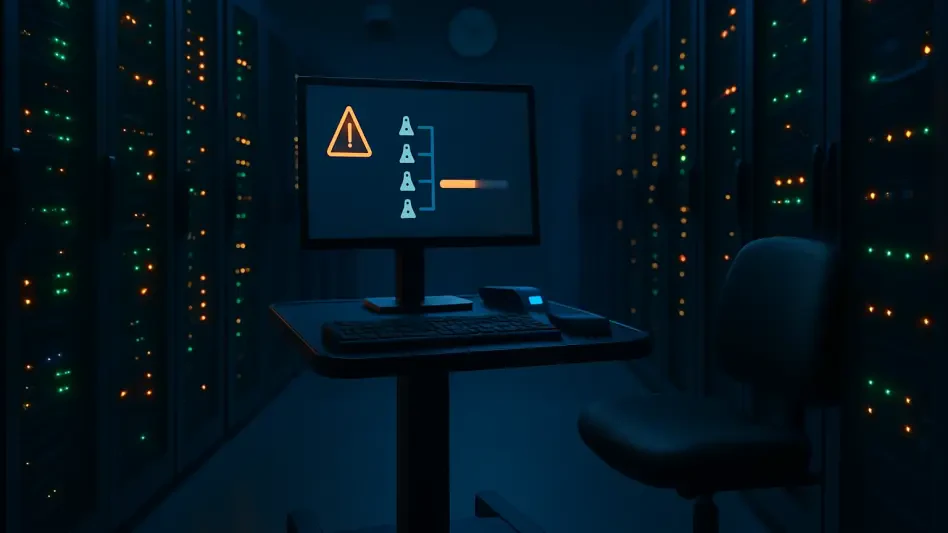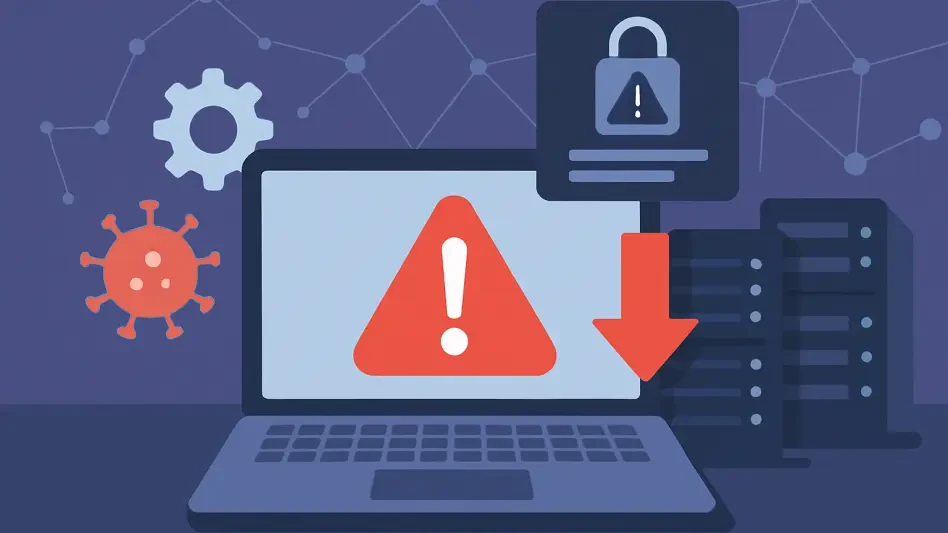In a world consistently bombarded by cyber threats, the urgency to address newly discovered vulnerabilities is paramount. The US Cybersecurity and Infrastructure Security Agency (CISA) has urgently advised organizations to patch two critical zero-day vulnerabilities, CVE-2025-30406 and CVE-2025-29824, discovered in Gladinet CentreStack and Microsoft Windows, respectively. These vulnerabilities hold significant threat potential due to their active exploitation in the wild. Highlighting the gravity of the situation, the vulnerabilities, rated with CVSS scores of 9 and 7.8, were disclosed in early April.
CentreStack Vulnerability Breakdown
The bug found in CentreStack, which has been present since March, relates to the mismanagement of cryptographic keys used for ViewState integrity verification. This flaw potentially allows remote code execution (RCE) if exploited. Attackers can leverage hardcoded or inadequately protected machine keys in the IIS web configuration file to forge ViewState payloads. This lack of security opens the door for malicious entities to manipulate the system destructively. Fortunately, Gladinet has addressed this by updating CentreStack to version 16.4.10315.56368. This update generates a new machine key during installation, significantly boosting the security and mitigating the vulnerability effectively.
Given the critical nature of this flaw, it is imperative for stakeholders within organizations using CentreStack to ensure their systems are running the latest version post-haste. A failure to update could result in severe vulnerabilities, risking the enterprise’s data integrity. Proactive measures, such as regular system audits and rigorous patch management, become indispensable in maintaining robust security postures.
Windows Security Flaw Analysis
In addition to the critical vulnerability in CentreStack, a significant flaw has surfaced in Microsoft Windows. The identified vulnerability is a use-after-free issue within the Common Log File System (CLFS) driver. Microsoft released security patches on Patch Tuesday, April, following the alarming discovery of threat actors deploying the PipeMagic malware, exploiting the vulnerability in various countries, including the US, Venezuela, Spain, and Saudi Arabia. This cross-border exploitation underscores the urgent need for patches to prevent further widespread damage.
CISA has taken a decisive step by adding these vulnerabilities to their Known Exploited Vulnerabilities (KEV) catalog. They have mandated all federal agencies to patch the detected vulnerabilities by April 29, in accordance with Binding Operational Directive (BOD) 22-01. While this directive specifically targets federal agencies, the recommendation extends to all organizations. It is critical for every organization to review the KEV list thoroughly, identify any affected systems, and respond with prompt patching to safeguard against potential security breaches.
Mitigating Current Threats
In a world continually bombarded by cyber threats, it’s imperative to address newly discovered vulnerabilities without delay. The US Cybersecurity and Infrastructure Security Agency (CISA) has issued an urgent advisory for organizations to patch two critical zero-day vulnerabilities, identified as CVE-2025-30406 and CVE-2025-29824, which were found in Gladinet CentreStack and Microsoft Windows, respectively. These vulnerabilities pose significant risks due to their active exploitation. Underlining the seriousness of the issue, these vulnerabilities have received CVSS scores of 9 and 7.8, making them a high priority for immediate attention. Discovered in early April, these security flaws have drawn considerable concern. Organizations must act swiftly to patch these vulnerabilities to protect their systems and data from potential cyberattacks. By addressing these security issues promptly, they can mitigate the substantial risks associated with these exploits and enhance their overall cybersecurity posture.








